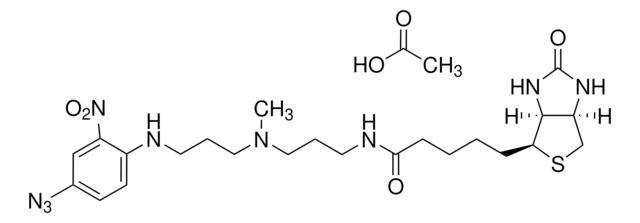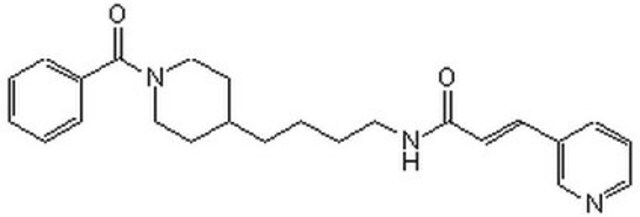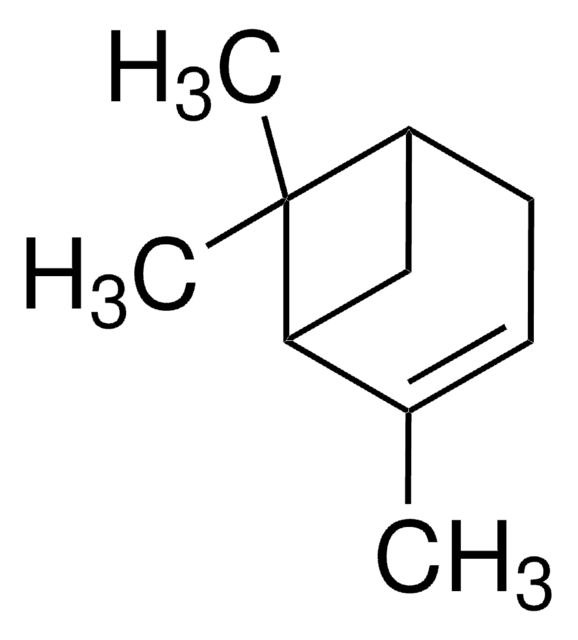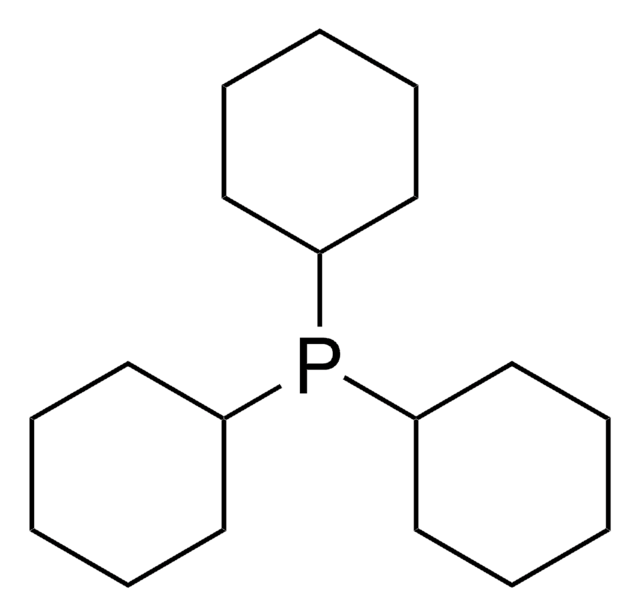A8231
AGK2
≥97% (HPLC), powder
Synonym(s):
2-Cyano-3-[5-(2,5-dichlorophenyl)-2-furanyl]-N-5-quinolinyl-2-propenamide
About This Item
Recommended Products
Assay
≥97% (HPLC)
form
powder
solubility
DMSO: 2 mg/mL, clear (warmed)
H2O: insoluble
storage temp.
room temp
SMILES string
Clc1ccc(Cl)c(c1)-c2ccc(\C=C(/C#N)C(=O)Nc3cccc4ncccc34)o2
InChI
1S/C23H13Cl2N3O2/c24-15-6-8-19(25)18(12-15)22-9-7-16(30-22)11-14(13-26)23(29)28-21-5-1-4-20-17(21)3-2-10-27-20/h1-12H,(H,28,29)/b14-11+
InChI key
SVENPFFEMUOOGK-SDNWHVSQSA-N
Application
Biochem/physiol Actions
Features and Benefits
Storage Class Code
11 - Combustible Solids
WGK
WGK 3
Flash Point(F)
Not applicable
Flash Point(C)
Not applicable
Personal Protective Equipment
Certificates of Analysis (COA)
Search for Certificates of Analysis (COA) by entering the products Lot/Batch Number. Lot and Batch Numbers can be found on a product’s label following the words ‘Lot’ or ‘Batch’.
Already Own This Product?
Find documentation for the products that you have recently purchased in the Document Library.
Customers Also Viewed
Articles
Epigenetic modifications are thought to occur through two key interconnected processes—DNA methylation and the covalent modification of histones.
Our team of scientists has experience in all areas of research including Life Science, Material Science, Chemical Synthesis, Chromatography, Analytical and many others.
Contact Technical Service










